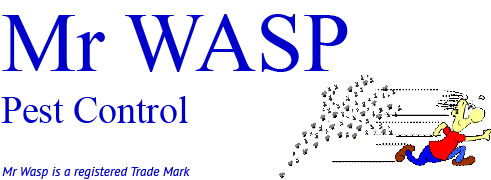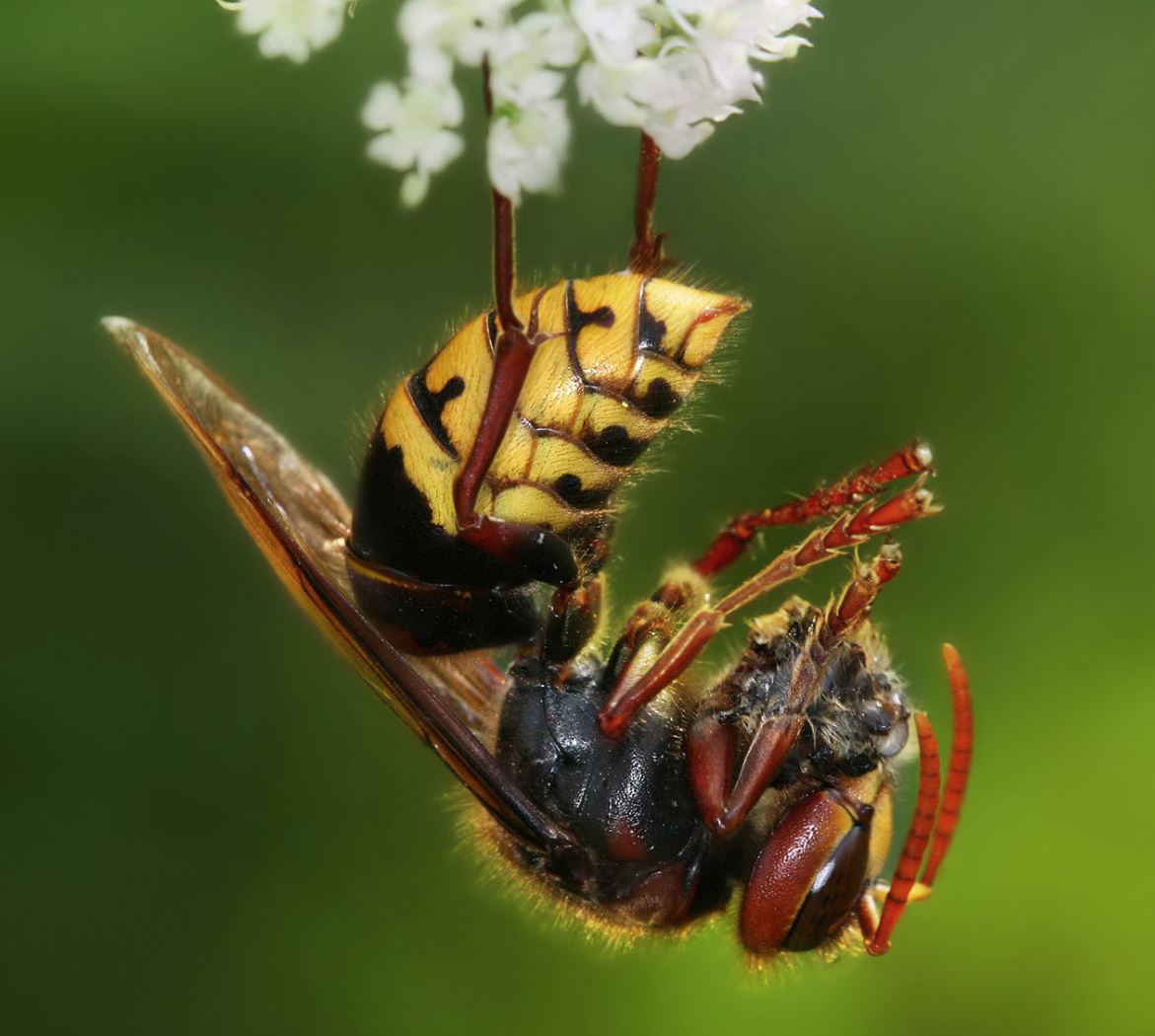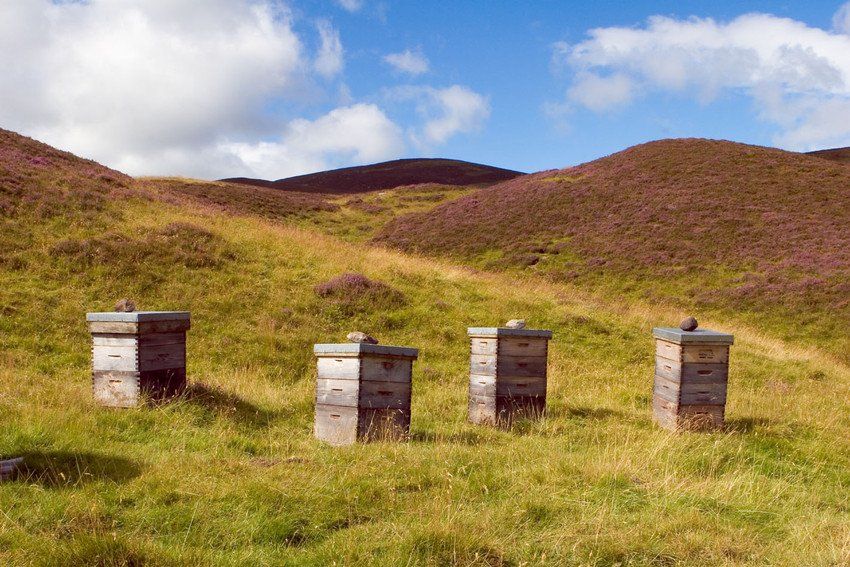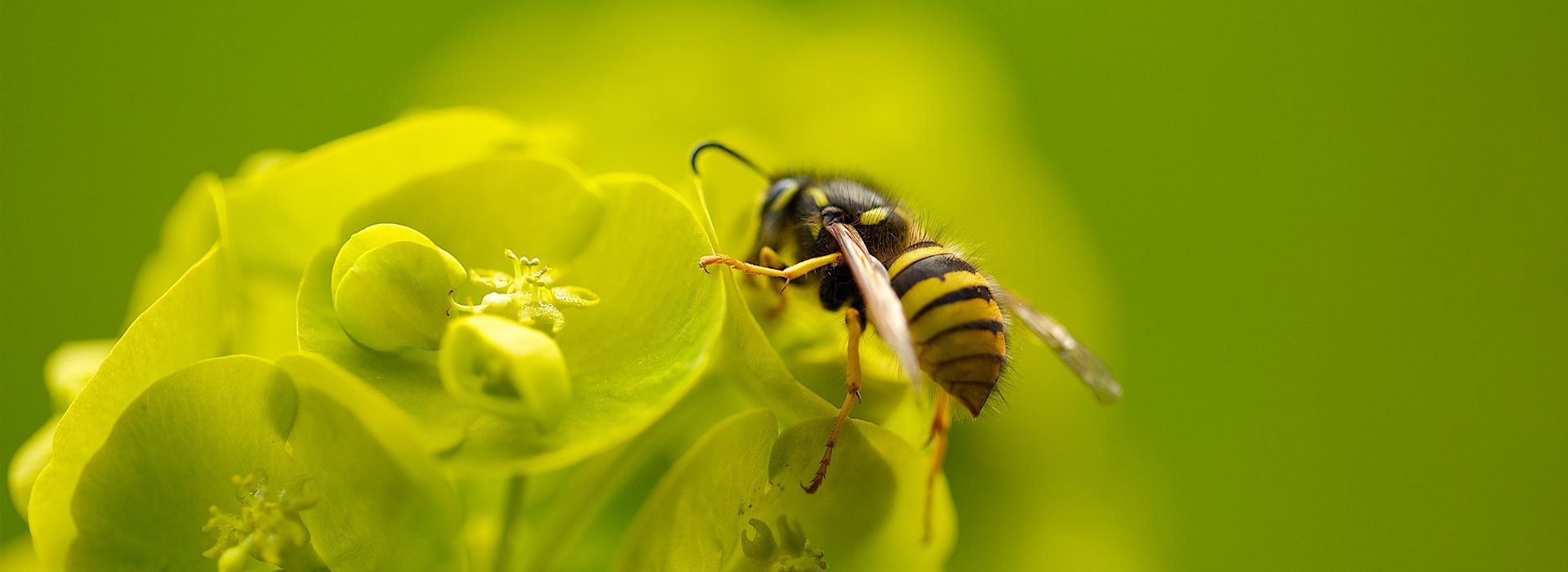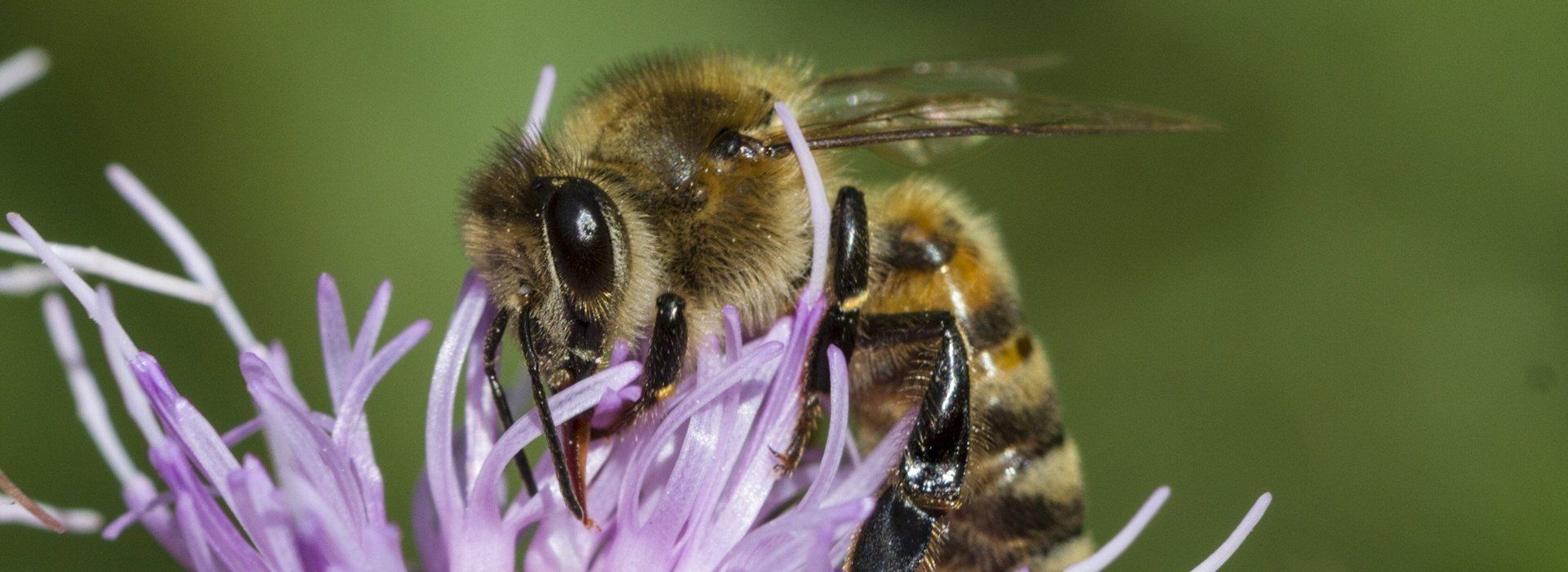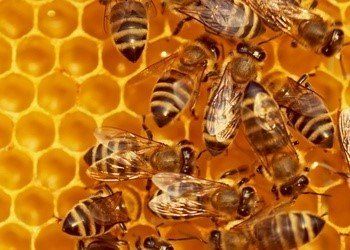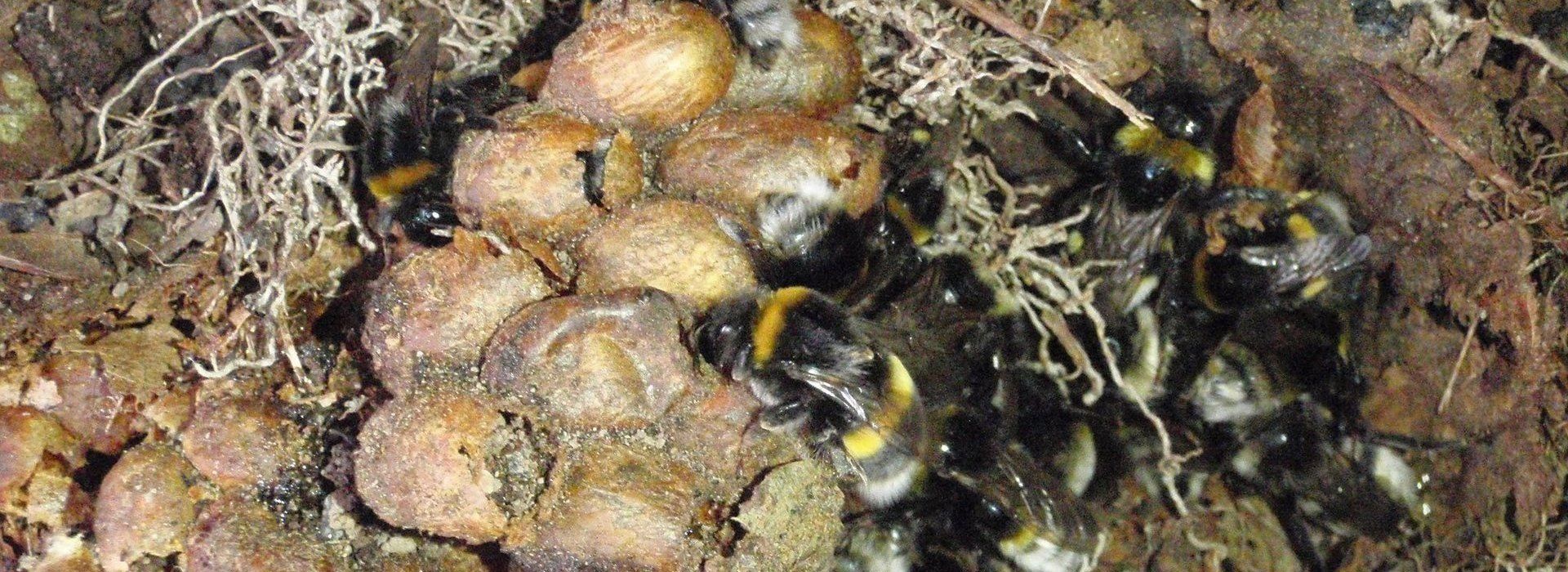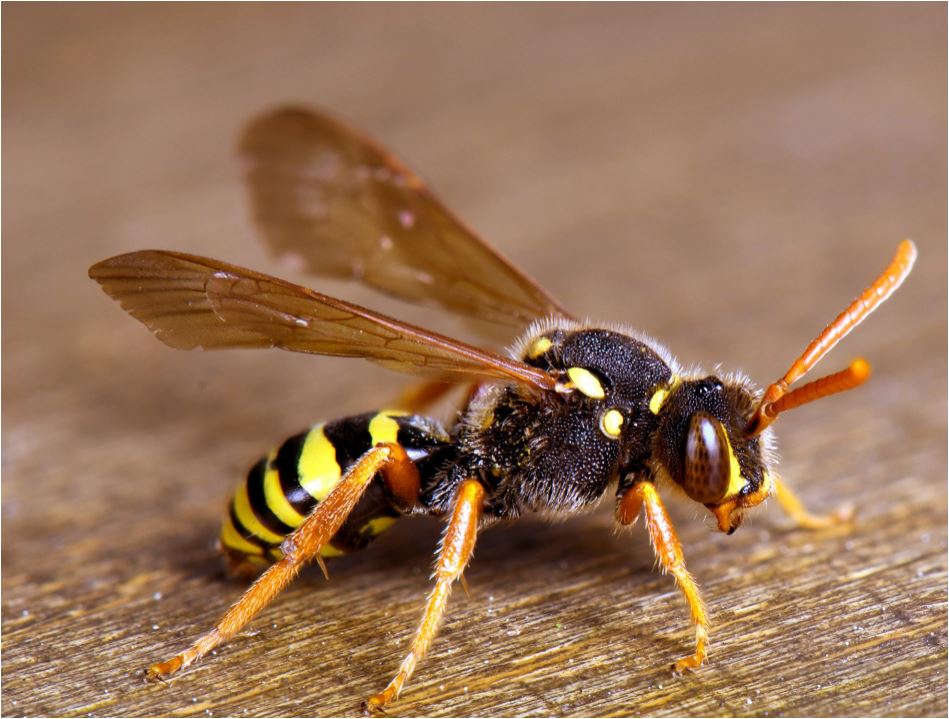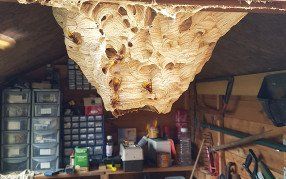Nature’s Friendly Giant - Understanding the European Hornet
Sixty years ago, the European hornet would have been a rare sight in the UK, however, it is becoming a more and more common sight. Yet, they are still an endangered species so it is strongly advised that killing hornets can impact the natural biodiversity in your area. What’s more, attempting to harm the hornet yourself can actually increase the chance of stings. So, if you do notice a hornet’s nest in your home or business, it is crucial that you leave it to the professionals rather than attempt to deal with it yourself.
With their signature red and yellow markings and large size, a European hornet does look more fearsome than their bee and wasp cousins. Yet, they are not as ferocious as their appearance initially suggests, in fact, the distinct markings are actually to ward away potential predators rather than to suggest that they are dangerous in themselves. As with most things, hornets can be more frightening than they actually are - and it is with knowledge and understanding that can help us tackle the fear. With this in mind, we have put together a guide to understanding this elusive species - helping you to educate you and your family - plus showing you that there is nothing to be afraid of.
Brief History of the European Hornet
Britain’s largest social wasp, the European Hornet is native to the UK and Europe, as well as being established in both North and South America - it’s latinate name is Vespa Crabro. A subfamily of the Vespinae, these members are characterised by habits that include chewing up their food to feed to their young, and chewing up materials to create paper-like nests.
Due to their colouring, European hornets are often mistaken for the Asian Giant Hornet - which are a more dangerous species that is not native to the UK. Though we do not know when the first hornet was sighted in the UK, it is believed that the European hornet was introduced to America in the 19th century. This was largely due to the impact of trade and importing produce.
Due to the unwarranted fear surrounding European hornets, many of their nests in the past have been destroyed - leading to them becoming critically endangered. It is no secret that we need to do more to protect the natural ecosystems and biodiversity that is in place. That is why in some countries like Germany, it is illegal to kill or harm a European wasp nest. Though we don’t have this law in the UK - it signals to us how important it is to protect the decline of these species.
The fear surrounding hornets has originated from their unsightly appearance. Their dramatic yellow, orange and red colourways are starkly different to the black and yellow markings that we are used to seeing on bees, wasps and hoverflies. However, this fear is largely unjustified - especially as they are actually calm beings that won’t attack unless provoked.
European hornets are considered social insects that live in colonies with around 200 to 400 members within each colony. Unlike the matriarchal organisation of honey bees, European hornets reproduction is actually controlled by the workers rather than the Queen’s overall pheromone control.
When the hornet Queen is fertilised - she will spend the winter hibernating and in the spring the nest is created. Within the nest the eggs of the hornet larvae are laid and are then fed on nectar by the Queen. The larvae in the spring matures to become sterile female worker hornets, larvae that hatch in the summer are fertile female and male hornets. The fertile mated females become the future Queen for the colony next spring. The sterile workers and the male hornets die at the beginning of the winter. Workers are not sterile by their DNA, but rather worker policing. In other colonies like honeybees, female worker bees don’t reproduce to the pheromones that are released by the Queen bee. This was initially believed to be the same for European hornets, however, this is not the case. Worker hornets enforce sterility by either physically destroying the worker-laid eggs or discriminating against the workers that do attempt to lay eggs. This highly interesting and complex social structure is fascinating and helps us to understand how European hornets work. If only the Queen Hornet reproduces, it will less likely create conflicts in the colony, thus ensuring it survives.
European hornets have a carnivorous diet, consuming on large insects like grasshoppers, flies, yellow jackets and honeybees. Yet, they also have dome plant-based eating habits too including tree sap, fruit and honeydew.
Like wasps, European hornets build their nests from chewed up wood pulp, resulting in a paper-like cellulose appearance. European hornets typically build their nests in dark places like hollow trees, barns, outbuildings, abandoned beehives, attics and hollow walls of houses. However, European hornets are also attracted to light in the dark.
Hornet’s nests, although look delicate to the outside eye, are actually very resistant to rain, wind and other harsh weather conditions.
When to call a hornet removal service
Although hornets are mistaken for being aggressive and dangerous beings, they are actually calm and will not purposefully seek to harm you or your family. What’s more, like their bee and wasp cousins, their stings do not cause any further harm. However, hornet stings are notably known for being more painful, as well as being potentially dangerous to those who are allergic to their stings.
Although these allergies are rare, unfortunately, the only way to find out if you are allergic is to get stung - which can land you in hospital. This is why, although it is important to respect a hornet’s nest - if it is in a potentially dangerous location like in your home - you should seek to get it relocated by a professional.
It can be tempting to remove the hornet’s nest yourself as it can save you money. However, this is incredibly risky as hornets will attack if the nest is provoked, this is why an untrained removal or relocation is potentially very dangerous for you and your family. What’s more, like bees and wasps, hornets will release a pheromone when threatened, resulting in more hornets come to their rescue and to your detriment.
Signs of an infestation include:
●Nest sightings
●Repeated sightings of hornets around the home
How to implement a home pest control
In the summer, it will be difficult to avoid any bee, wasp or hornet nest appearing in your home. This is why you should take preventative measures to ensure that a nest doesn’t occur. This can include daily habit changes like not leaving out uncovered fresh food, and regularly keeping your home clean. In addition, other preventative measures also include having peppermint oil smelling candles and cleaning solutions as this is proven to ward off any pesky critters.
What’s more, educating your family about how European hornets are not as scary as you may initially perceive them to be will help protect the biodiversity of your local area for future generations.
Mr Wasp: Safe and Efficient Wasp, Bee and Hornet Control in Cardiff
If you suspect that you have a bee, wasp or hornet problem at your home or business in Cardiff, don’t simply ignore it. Here at Mr Wasp, our trained experts can help safely remove any nests, as well as relocating them to a safer environment.
We pride ourselves on complying with relevant regulations as well as being available 24 hours a day 7 days a week, giving you peace of mind that your infestation can be sorted as soon as possible. We operate a friendly and reliable service, ensuring that your home or business remains safe from pesky critters in future.
Wherever you are based in South Wales, our team can help. To find out more about our services, or to read one of our case studies - simply contact us today.